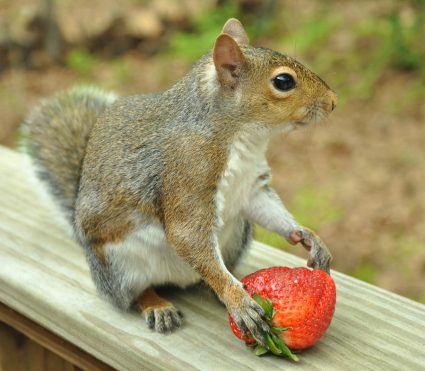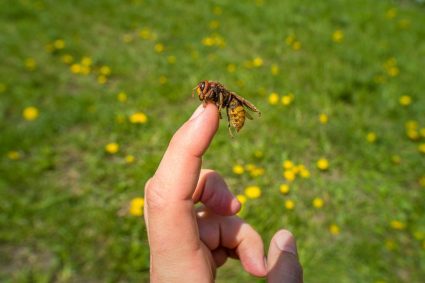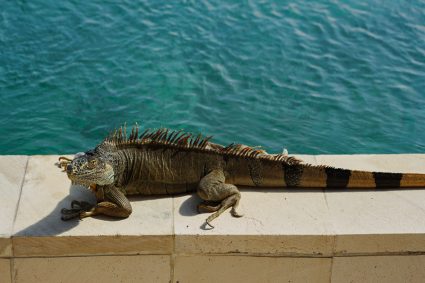
Raccoons, with their distinctive black masks and ringed tails, are fascinating creatures known for their intelligence and adaptability. But when it comes to their mating habits, many people are left in the dark. So, how do raccoons mate? Let’s delve into the intricate world of raccoon reproduction to understand this process better.
Raccoons mate during their mating season which typically occurs between January and June, with peak mating season being in March and April. Their mating behavior can shift between polygyny (one male mating with multiple females) and promiscuity (both males and females having multiple mates). Males are known to be aggressive during the mating season, fighting other males to secure a mate. After finding a receptive female, the male raccoon will follow her until she is ready to mate. The courtship involves a ritual of foreplay and copulation that can last for about an hour or more. After successful mating, the female raccoon undergoes a gestation period of approximately 63 days and gives birth to a litter of two to five kits.
When is the Mating Season for Raccoons?
Raccoon mating season typically occurs between January and June, although it can start as early as December and continue until July in some regions. The peak mating season happens in March and April. The exact timing of the mating season can vary depending on the location and weather conditions.
Raccoon Mating System: Polygyny or Promiscuity?
Raccoon mating behavior can shift between polygyny (one male mating with multiple females) and promiscuity (both males and females having multiple mates). This variation may be influenced by the timing of oestrous cycles and the availability of receptive females. Males are known to be aggressive during the mating season, engaging in fights with other males to secure a mate.
The Mating Process: A Social Affair
Raccoons are generally solitary animals, but they tend to form social groups during the mating season. Male raccoons wander tirelessly in search of females. When a receptive female is found, the male will follow her until she is ready to mate.
Courtship involves a ritual of foreplay and copulation that can last for about an hour or more, and may be repeated for several nights. It’s interesting to note that female raccoons are receptive to mating during a short, 3-4 day period when conception is possible.
Gestation and Birth: A Mother’s Duty
After successful mating, the female raccoon undergoes a gestation period of approximately 63 days. She typically gives birth to a litter of two to five kits, although the number can range from one to eight.
Raccoon dens are usually temporary, and raccoons will change dens frequently outside of the breeding season. However, during the breeding season, females may seek out warm and safe places, such as attics, to give birth and raise their young.
It’s noteworthy that male raccoons do not contribute to raising their offspring. After mating, the male raccoon abandons the family and returns to a solitary lifestyle. The female raccoon is solely responsible for finding a safe place for the kits, caring for them, and teaching them how to survive on their own.
Summary
Raccoon mating habits are an intriguing mix of social interactions, strategic timing, and intense competition. Understanding these habits not only provides insight into the behavior of these intelligent creatures but also helps us better manage our interactions with them, especially during the mating season. As we continue to encroach on their natural habitats, it’s imperative to respect their mating habits and life cycles to ensure a harmonious coexistence.
Remember, while raccoons may look cute and cuddly, they are wild animals. Any interaction, especially during the mating season, should be handled with caution. If you encounter a raccoon, it’s best to leave it alone and admire it from a distance. If a raccoon makes a home on your property, it’s wise to contact a professional wildlife control agency to handle the situation.
In the end, the more we know about raccoons and their mating habits, the better we can appreciate these unique creatures and the important role they play in our ecosystems.
Frequently Asked Questions
What do baby raccoons eat?
Baby raccoons, also known as kits, are nursed by their mother for about six to ten weeks. After that, they begin to eat solid food. Their diet includes a variety of foods such as fruit, insects, nuts, and small rodents.
How long do raccoons live?
In the wild, raccoons typically live two to three years. However, in captivity, they can live up to 20 years.
How can I safely remove a raccoon from my property?
If a raccoon has made a home on your property, it’s recommended to contact a professional wildlife control agency. They have the experience and tools to safely remove the raccoon without causing harm to it or to themselves.
Are raccoons dangerous?
While raccoons are generally not aggressive towards humans, they can become defensive if they feel threatened. Raccoons can carry diseases such as rabies, so it’s best to avoid close contact with them.
Can raccoons be kept as pets?
While it is possible to keep raccoons as pets in some places, it’s generally not recommended. Raccoons are wild animals and can be difficult to tame. They also have complex dietary and housing needs that can be hard to meet in a domestic setting.












